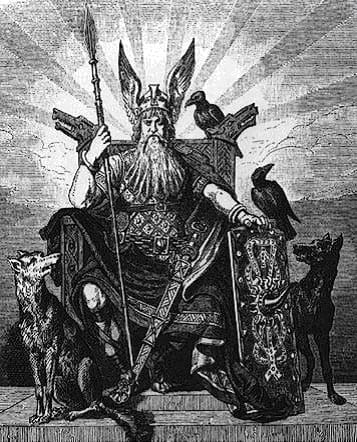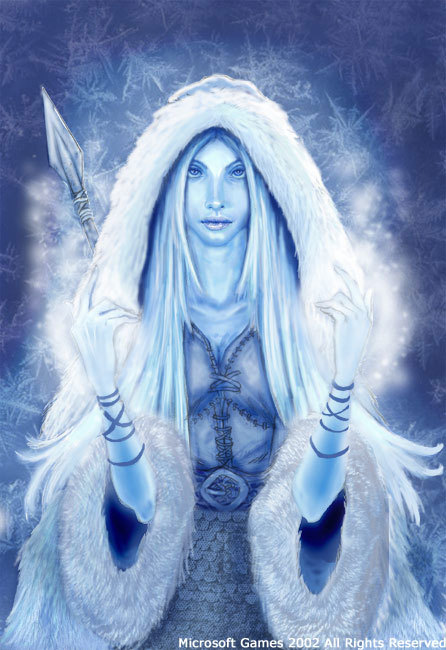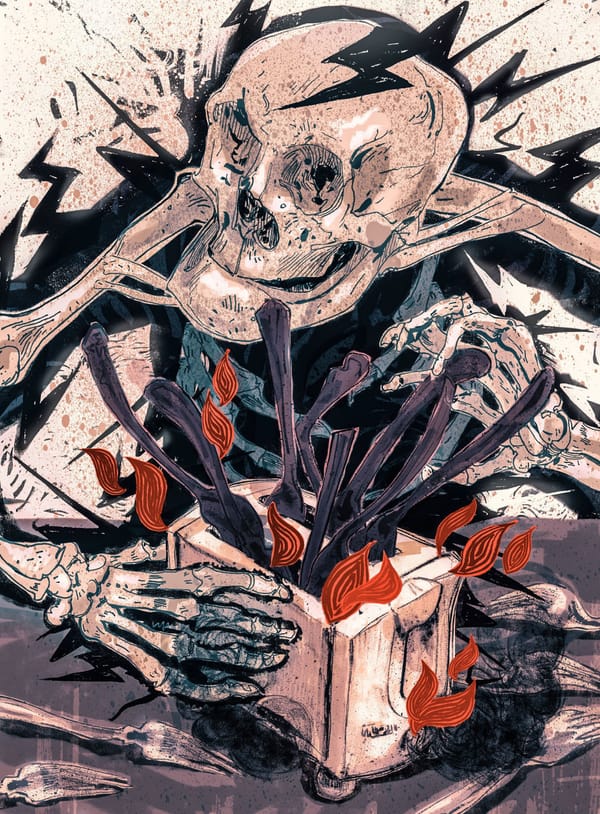yule logs | 2015-12-16

this week’s topic: yule logs
a merry yuletide to you all!
‘yule’ comes from germanic roots and even so far back as norse mythology:
as an aside, Huginn (trans: thought) and Muninn (trans: memory) are Odin’s ravens who fly all over the world and bring information back to odin — ref
further, in pagan germanic traditions, there was a pre-yule period (Ærra Jéola | before Yule) and a yule-time (Modranicht | mother’s night) and a post-yule period (Æftera Jéola | after Yule) which all line up, more or less, with advent, christmas eve, and new years/january. so, this all ends up being related to christmas and winter.
but where do we get this yule log from?
as far as people can figure (cuz no one seems to be able to really nail it down), the tradition stems from these old pagan traditions of acknowledging the start of a new year and the beginning of longer days within the cold of winter. gathering together as loved ones, making the whole house dark, lighting big-ass candles, and then lighting up the big yule log symbolizes that the sun is going to break free from the cold of winter and light will fill the darkness. truly, a great reason to have a feast (jól) and to thank father odin (jólfaðr) for allowing us to break free of winter and for sending Skadi back to the hills, lovely though she may be.
obviously, today, few people think about Odin when they light their yule logs. instead, according to the quote below, people have morphed the Norse concepts into slightly more mystic, be they benign, traditions:
for added hilarity, it is a western British tradition to supplant the yule log with the ‘ashen faggot’ but most of the tradition is the same.
so, enjoy your yule-tide fires, thank father Odin (you can tell his ravens), and wish Skadi adieu as we remember that winter isn’t forever and, oh yeah, that our Saviour was born!






